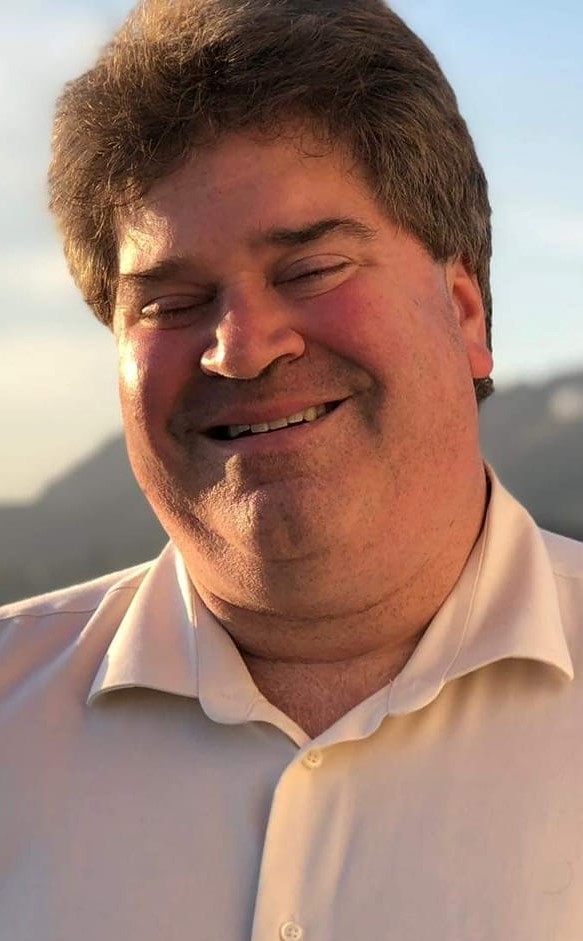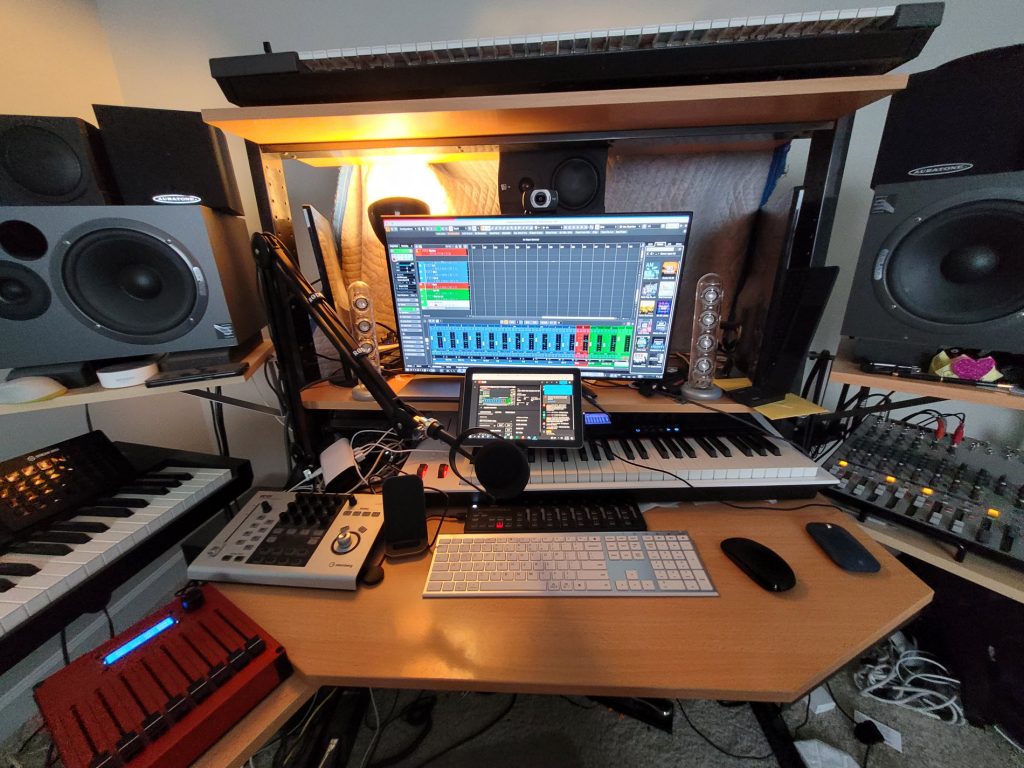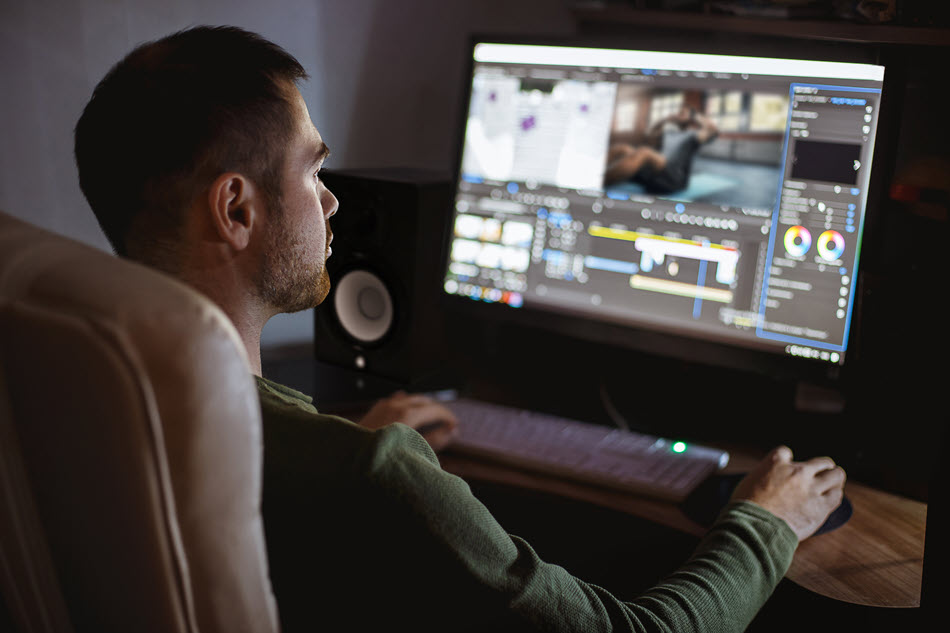Talking Club Cubase With Greg Ondo
Behind the scenes of this popular livestream.
Steinberg Cubase is powerful DAW software with a deep feature set that grows with each new release. With so much functionality in one application, it’s not unusual for a user to have questions about how to use or access specific features. To that end, Steinberg offers an array of online support resources, none more impressive than Club Cubase, a twice-weekly live-streamed Q&A session on YouTube with product specialist Greg Ondo.

During each session, viewers around the globe ask Ondo questions in real time, primarily via chat, and he provides live answers. The visuals consist solely of a screen share of Ondo’s computer running Cubase, so you get to see the program in action the whole time.
We recently had a chance to talk with Ondo to get a behind-the-scenes look at the show.
ML: How did Club Cubase get started?
Greg Ondo: I used to do a lot of in-person Steinberg events — I was traveling constantly. People would ask, “Can you come to Sacramento? Can you come to Boise?” It was hard to justify all that travel, so a few years ago we decided to try to do something that could reach people regardless of where they lived.
ML: I understand your viewership is from all over the world.
GO: We haven’t had anyone from Antarctica yet, but we’ll have people from Asia, Australia, Europe and all over Africa, as well as, of course, North and South America. Usually, we have about 5,000 views for each session. We do two four-hour sessions a week.
ML: Do you get any of the questions in advance?
GO: We have an email address — clubcubase@steinberg.de — that people can send questions to, but probably 95 percent of the questions come from live chat.
ML: Do you also use Club Cubase for new product introductions and demos?
GO: When we have a new Cubase version release, I’ll do a special walkthrough, and instead of just hitting bullet points, I try to take the time to explain the concept and the features and tie different features together. There are usually about a hundred features that get added with each new revision. If you look at most marketing materials, they may cover five or six of them.
ML: What’s the typical postproduction process?
GO: After every livestream, I’ll take a break for dinner for an hour or two, then, I rewatch it and type up the questions to create an index of all the topics discussed. We also have a viewer named Jan Karlqvist in Stockholm, who just created a site called cubaseindex.com. He takes my indexes for each episode and puts them into a searchable database. It turns out that, over the past couple of years, we’ve answered about 19,000 questions.

ML: What’s the most common question you get asked?
GO: Probably, “When is the next version of Cubase coming out?” Even though I’m really careful not to share any inside information, the question still gets asked a lot.
ML: Besides Cubase-specific questions, do you get into generic production topics too?
GO: Sometimes people will ask things like, “How can I get a vocal better?” So, we’ll get into stuff like that, and I’ll present a solution using Cubase.
ML: You have all these projects that you constantly have open while demoing features. Did you create those specifically for Club Cubase, or are they your music?
GO: I often create projects to show specific features, and sometimes, when we have a new version coming, I’ll call in a favor. For example, I think it was in Cubase 6 that we added multi-track drum editing. I got in touch with a friend of mine who’s a drummer, and asked, “Do you have any drum tracks that were played really badly that I could use?” (laughs) People will also volunteer songs and projects for me to use. I can’t use anything that’s copywritten, obviously.
ML: It sounds like your viewers are pretty interactive.
GO: Yes. Club Cubase has built a great community, and even though I’m the only one talking, I want people to introduce themselves in the chat and say where they’re from. Some of our viewers have formed good friendships and have ended up doing projects together. One of the guys sent me some files with drum tracks, and he asked me to play bass over them. Next week, we’re releasing our second album! I’ve only met one of the guitar players — a guy who lives outside the Dallas area — a couple of times at seminars I’ve done, but the other two guys live in Spain. It’s turned into an interesting musical project, even though we’ve never actually played together at the same time.
Another thing we do to build community is, for the last two hours of the last livestream of each month, we have a little Zoom meetup so that everyone can talk to each other. We also sometimes have a guest artist. We had Clay Ostwald last month, who has done work for Gloria Estefan for 35 years and also served as musical director for the Broadway play On Your Feet. He answered questions, provided insights, and shared industry perspectives. It’s just a wonderful community. And everyone is so nice and respectful of each other.
ML: What are your top tips for new users of DAW software?
GO: Learning the keyboard shortcuts can really speed up your workflow. Whenever you find yourself going to the same menu often, memorize the keyboard shortcut. Also, you don’t have to know everything in your DAW. It’s better to learn one thing at a time, like, “Okay, today, I want to figure out how to make beats,” or, “I’m going to teach myself two new tricks on programming drums,” or, “I want to learn how to do better vocal tuning.” DAWs can do so much, but you don’t have to use all their functions. You can just use those that you need.
And always hit “Record”! So many great moments are never captured. Cubase has a terrific feature called Retrospective Record. If you happen to play the most beautiful theme when you weren’t in record, you can just hit a button, and the MIDI data will appear.
You know, in the old days, if you walked into a recording studio as a musician — a facility with a large format console and racks of hardware effects processors and tape machines — you wouldn’t be expected to understand any of it. So it’s okay not to know everything that’s going on in your software. Don’t feel bad about it. I often compare learning a DAW to learning a musical instrument. You don’t sit down at a piano the very first day and play Chopin — you have to get the mechanics of it, which takes time. Take the same approach when learning your DAW.














